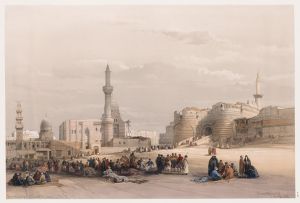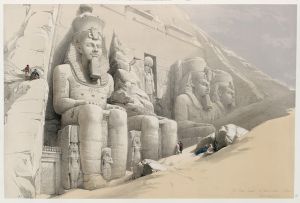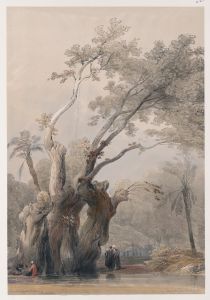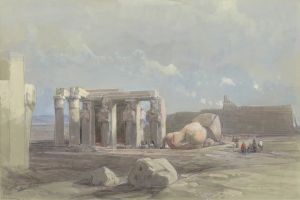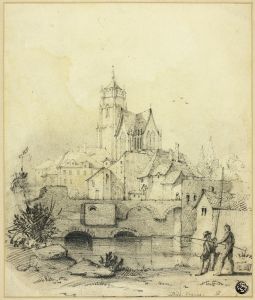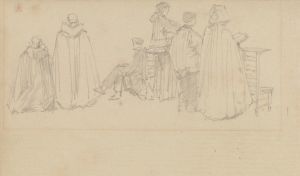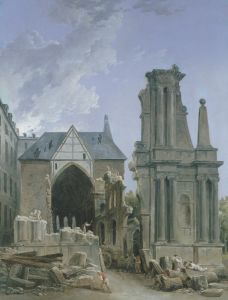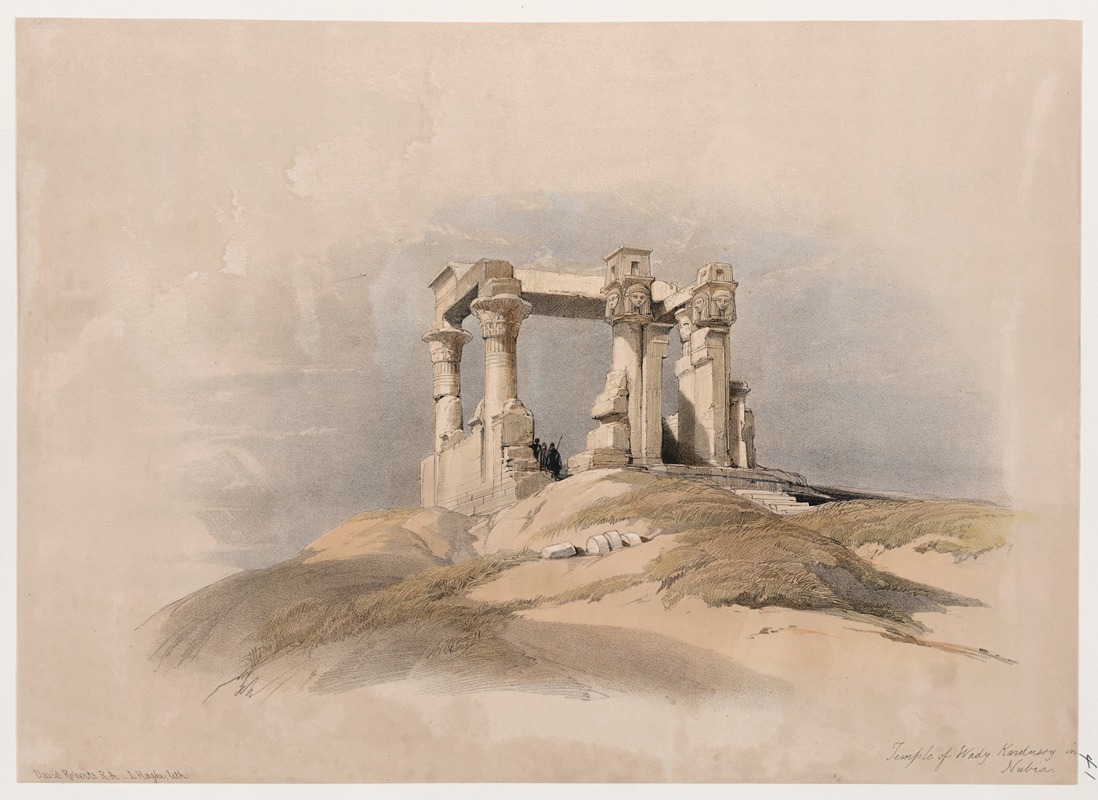
Temple of Wady Kardassy [Qirtâsî] in Nubia.
A hand-painted replica of David Roberts’s masterpiece Temple of Wady Kardassy [Qirtâsî] in Nubia., meticulously crafted by professional artists to capture the true essence of the original. Each piece is created with museum-quality canvas and rare mineral pigments, carefully painted by experienced artists with delicate brushstrokes and rich, layered colors to perfectly recreate the texture of the original artwork. Unlike machine-printed reproductions, this hand-painted version brings the painting to life, infused with the artist’s emotions and skill in every stroke. Whether for personal collection or home decoration, it instantly elevates the artistic atmosphere of any space.
"Temple of Wady Kardassy [Qirtâsî] in Nubia" is a lithograph created by the renowned Scottish artist David Roberts. This artwork is part of Roberts' extensive collection of lithographs that document his travels in the Middle East and North Africa during the 19th century. David Roberts is celebrated for his detailed and romanticized depictions of ancient sites, which played a significant role in shaping Western perceptions of the Orient during the Victorian era.
David Roberts was born in 1796 in Stockbridge, Edinburgh, and initially worked as a house painter before pursuing a career in art. He gained recognition for his architectural and landscape paintings, which eventually led to his travels abroad. In 1838, Roberts embarked on a journey to Egypt and the Near East, a trip that would become the foundation for his most famous works. During his travels, he meticulously sketched numerous ancient monuments, temples, and landscapes, capturing the grandeur and mystery of these historic sites.
The Temple of Wady Kardassy, also known as Qirtâsî, is located in Nubia, a region that stretches along the Nile River in what is today southern Egypt and northern Sudan. Nubia is rich in archaeological sites, with a history that dates back to ancient times. The temple at Wady Kardassy is one of many Nubian monuments that reflect the region's historical significance and its interactions with ancient Egyptian civilization.
Roberts' lithograph of the Temple of Wady Kardassy is part of his larger work, "The Holy Land, Syria, Idumea, Arabia, Egypt, and Nubia," which was published between 1842 and 1849. This collection consists of six volumes and includes 247 lithographs, each accompanied by descriptive text. The lithographs were produced by Louis Haghe, a prominent Belgian lithographer, who worked closely with Roberts to ensure the accuracy and quality of the prints.
The lithograph of the Temple of Wady Kardassy captures the architectural features of the site, showcasing the temple's columns and intricate carvings. Roberts' attention to detail and his ability to convey the scale and atmosphere of the location are evident in this work. His depictions of Nubian and Egyptian sites were instrumental in bringing these ancient cultures to the attention of the European public, contributing to the burgeoning interest in Egyptology and the study of ancient civilizations.
David Roberts' work, including the lithograph of the Temple of Wady Kardassy, remains highly regarded for its artistic merit and historical value. His images continue to be appreciated for their ability to transport viewers to a bygone era, offering a glimpse into the architectural and cultural heritage of the regions he visited. Roberts' legacy endures through his contributions to the visual documentation of the ancient world, providing a valuable resource for historians, archaeologists, and art enthusiasts alike.





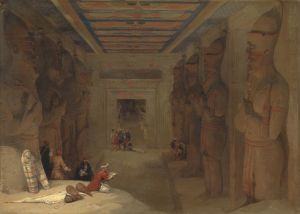
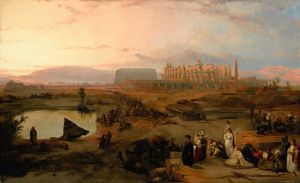
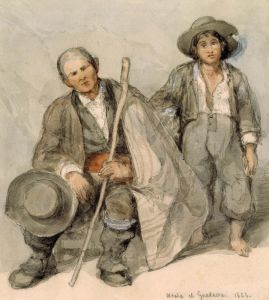
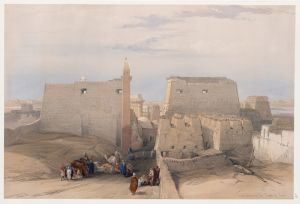
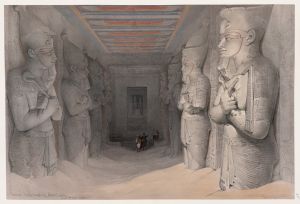
![Karnac [Karnak]. Nov. 29th, 1838.](/imgs/217502/s/david-roberts-karnac-karnak-nov-29th-1838-8df2346d.jpg)
![Temple of Edfou [Idfû], ancient Appolinopolis, Upper Egypt.](/imgs/217546/s/david-roberts-temple-of-edfou-idfu-ancient-appolinopolis-upper-egypt-2a77d2d6.jpg)
